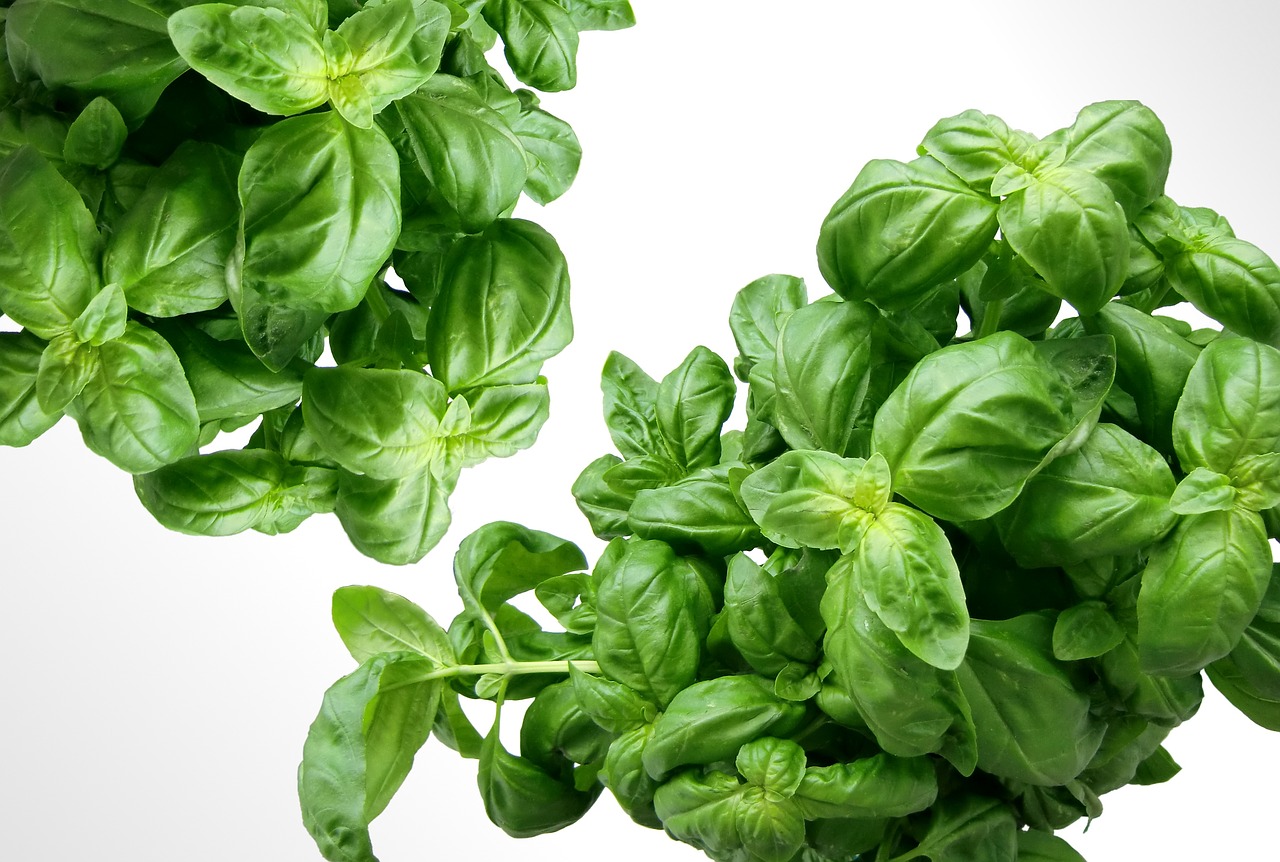Basil is a versatile herb that adds a burst of fresh flavor to many dishes, from pasta and salads to soups and sauces. While fresh basil is wonderful, drying basil leaves allows you to preserve their flavor for use throughout the year. Drying basil is a simple process that can be done at home with a few basic methods. In this article, we’ll explore different techniques to dry basil leaves effectively, ensuring that you can enjoy the taste of summer no matter the season.
Choosing and Preparing Basil Leaves
When selecting basil leaves for drying, it’s best to choose leaves that are healthy, free from blemishes, and vibrant green in color. Harvest basil in the morning after the dew has dried but before the heat of the day sets in, as this is when the essential oils are at their peak. Rinse the leaves gently under cool water to remove any dirt or insects, and then pat them dry with a clean kitchen towel or paper towel.
Before drying, it’s important to remove any damaged or yellow leaves. Using a sharp pair of scissors or pruning shears, cut the basil stems about six inches above the ground, just above a pair of leaves. This not only ensures you get the best quality leaves for drying but also encourages new growth on the plant.
Air Drying Basil Leaves
Air drying is one of the most traditional methods of preserving basil leaves and is particularly suitable for those who prefer a natural, energy-free approach. To air dry basil, gather the stems into small bunches and tie them together with a piece of string or a rubber band. Hang these bunches upside down in a warm, dry, and well-ventilated area, away from direct sunlight.
Ensure that the bunches are not too large, as this can prevent proper airflow and lead to mold growth. Depending on the humidity and temperature, basil can take anywhere from one to two weeks to dry completely. Once the leaves are brittle and crumble easily, they are ready to be stored. Remove the leaves from the stems and store them in an airtight container in a cool, dark place.
Oven Drying Basil Leaves
Oven drying is a faster method than air drying and is ideal for those who need to preserve basil quickly. Begin by preheating your oven to the lowest setting, typically around 170°F (75°C). Spread the washed and dried basil leaves in a single layer on a baking sheet lined with parchment paper. Make sure the leaves are not overlapping to ensure even drying.
Place the baking sheet in the oven and prop the oven door open slightly to allow moisture to escape. Check the basil leaves every 15 minutes, turning them over occasionally to ensure they dry evenly. This process usually takes about 45 minutes to an hour. Once the leaves are crisp and crumbly, remove them from the oven and let them cool completely before storing them in an airtight container.
Using a Dehydrator to Dry Basil Leaves
A food dehydrator provides a controlled environment for drying basil leaves, making it a convenient option for those who have one available. Begin by placing the cleaned and dried basil leaves on the dehydrator trays in a single layer, ensuring they do not overlap. Set the dehydrator to a temperature of about 95°F to 115°F (35°C to 46°C), which is ideal for drying herbs.
Drying times can vary depending on the humidity and the specific model of dehydrator, but it typically takes between 12 to 24 hours for basil leaves to dry completely. Check the leaves periodically to ensure they are drying evenly. Once the leaves are brittle and crumble easily, they are ready to be stored. Transfer the dried leaves to an airtight container and keep them in a cool, dark place.
Storing Dried Basil Leaves
Proper storage is essential to maintain the flavor and potency of dried basil leaves. Once dried, basil should be kept in an airtight container to protect it from moisture and air, which can degrade its quality. Glass jars with tight-fitting lids, vacuum-sealed bags, or plastic containers are all good options for storage.
Label the containers with the date to keep track of freshness, as dried basil is best used within six months to a year. Store the containers in a cool, dark place, such as a pantry or cupboard, away from direct sunlight and heat sources. When using dried basil, crumble the leaves directly into your dishes to release their aroma and flavor.
Benefits of Drying Basil at Home
Drying basil at home has several benefits over purchasing pre-dried herbs from the store. Home-dried basil retains more of its natural oils, which means it often has a stronger flavor and aroma compared to store-bought varieties. Additionally, drying your own basil ensures that you know exactly how it was processed and stored, providing a higher level of quality control.
Moreover, drying basil at home can be more economical. Instead of letting excess fresh basil go to waste, drying allows you to preserve it for future use, reducing the need to purchase dried herbs. This can be particularly beneficial if you grow your own basil, offering a continuous supply of this versatile herb throughout the year.

